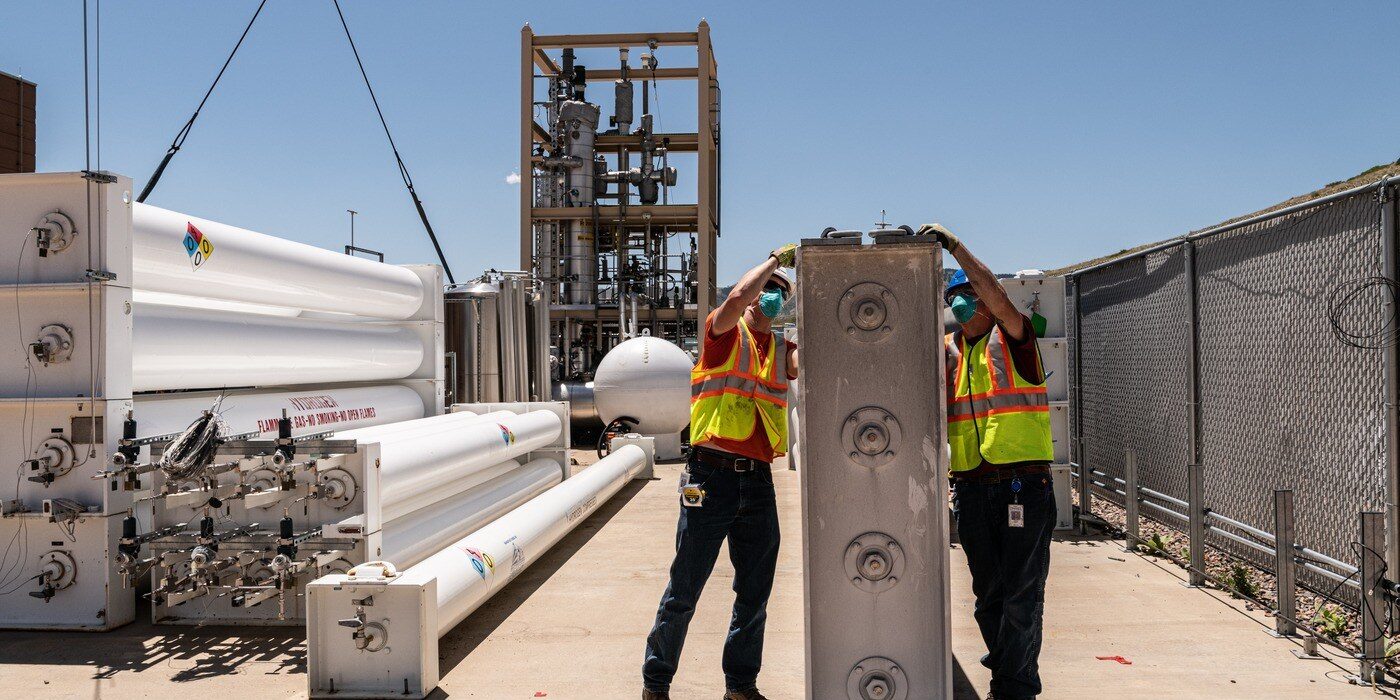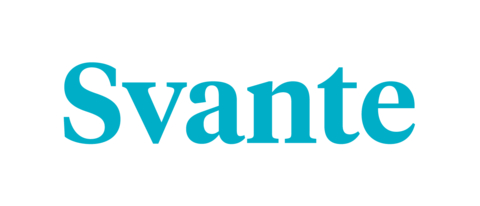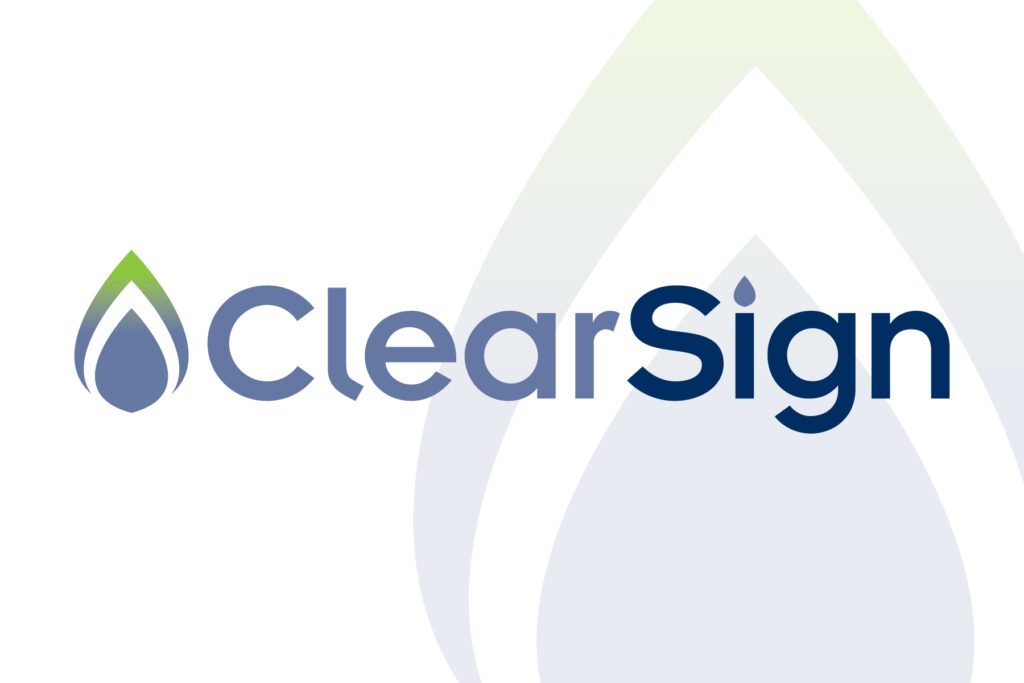ClearSign Technologies, the publicly listed burner solutions provider, is at an inflection point in the development of its products to serve players in the emerging hydrogen landscape, CEO Jim Deller said in an interview.
“We’re new,” Deller said of the company’s emergence on the hydrogen scene. The company is aggressively seeking a place in the hydrogen mainstream as it pursues first-adopter clients. “We need to get our install base up.”
ClearSign recently received a collaboration commitment and pledged funding for its 100% Hydrogen Ultra Low NOx burner project from Southern California Gas Co. This comes on top of the SBIR program Phase 2 Award for $1.6m from the DOE. The company has one year’s cash on hand, according to Deller.
Hydrogen blending increases the output of NOx emissions, which are heavily regulated, Deller explained. A 20% hydrogen blend with fuel gas, for example, causes a 40% increase in NOx emissions.
The goal of the project with SoCalGas is to develop NOx hydrogen burner technology, which the company believes will enable the adoption of hydrogen fuel for industrial heating.
“Your NOx permit is not going to change,” he said. “In order to use even a small amount of hydrogen in your fuel gas, you need a technology that’s going to allow you to maintain NOx emissions for an efficient price.”
Deller said he sees ClearSign as an enabler of the hydrogen transition, pointing to SoCalGas’ need to keep their clients compliant with their operating permits.
“They’re going to have to modify their technology to enable the combustion of hydrogen without exceeding their NOx permits, and that’s where we come in.”
A ‘pivotal point’
ClearSign is open to discussing partnerships and financial options to scale deployment of its technology, Deller said, pointing to potential markets in Texas and the Pacific Northwest.
“We’re certainly open to any company that has a compatible technology,” Deller said.
ClearSign is not engaged for M&A now, but it does have discussions with prospective financial advisors, company spokesperson Matthew Selinger said. “Like any small company, if we had more money we could potentially accelerate faster.”
The company is not considering a spin off now, Deller said, focusing instead on getting traction commercially. ClearSign has not historically taken on debt. Those types of business opportunities are not off the table, but technical synergy and strategic partnerships are first pursued for value creation.
“We’re at a pivotal point, I believe, in the development of our technology,” Deller said. “I’m open to talk about any ideas.”
A technology in development
The burner technology is also applicable to systems that use only hydrogen, Deller said. The Phase 2 DOE grant funding is meant to develop a full range of commercial burners that will operate through a range of fuel gasses up to and including 100% hydrogen.
ClearSign does not have additional partnerships pending announcement, Deller said. But what’s applicable in Southern California is relevant to discussions happening in proposed hydrogen hubs around the country.
The company is headquartered in Tulsa, Oklahoma, along with process burner manufacturing partner Zeeco. It uses third-party manufacturing and will continue to do so, Deller said.
ClearSign also has offices in Seattle and Beijing. The company’s US and Chinese businesses to not have a materials shipping relationship, Deller said. The model followed has manufacturing separated between countries.







